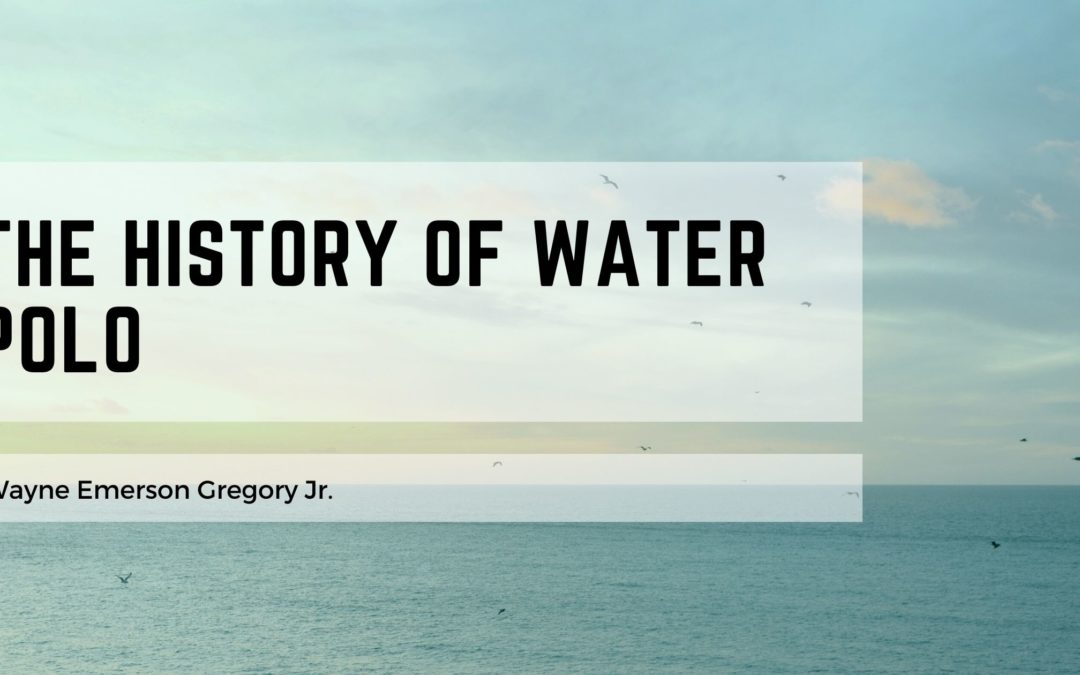Who here hasn’t wondered about the origins of their favorite sports? Given all of the possibilities out there, the history of sports is both long and fascinating. Here, we’re about to dive into the history of water polo and everything that it entails.
The Origins
In the 1800s, a man named William Wilson invented water polo. He was born in Scotland and grew up playing rugby, but he moved to England after college. When he arrived there, he noticed that people were very into rowing and sailing, so it seemed like a good idea to create his own sport out of swimming. He started by drawing up some rules for how teams should play against each other on lakes or rivers with their hands tied behind their backs; this is what we call “water polo.” The first game was played in 1873 between two Scottish teams near London practicing together for about three months beforehand.
The game has changed quite a lot since then – when WWI broke out, there were only two teams, and after the war was over, three more joined: Belgium, Hungary, and Sweden. More countries started playing in the 1920s – France, Italy, and Romania played for a while before dropping out to play instead in water polo’s sister sport “water rugby” (where you can use your hands).
Water polo started to get famous in the 1950s; there were about 20 teams – six of them from Eastern European countries, such as Hungary, Poland, and Czechoslovakia. These teams were the best in the world at that time, but since almost all of them ended up under communist rule, they started to dominate water polo tournaments because their players couldn’t go abroad and earn money. That is how Hungary became known as “The Golden Team” – many people think they win games using tricks like going into a huddle when they’re about to get scored on so that the other team can’t figure out what play they’re running. Still, only a few people think they win because they work harder than anyone else.
New Turns
When the Berlin Wall fell in 1989, a massive wave of new players – East German athletes didn’t want to play for the communist team anymore and decided to start their own instead. There are now over 100 teams competing in different European Leagues and Championships every year, so water polo is beginning to get as popular in Europe as before the Cold War.
The sport is also gaining popularity elsewhere – teams have been created in Africa and Asia, where water polo is starting to become a professional career for some players. And if you look at the map of which countries play which sports, you’ll notice that water polo has become a gigantic sport in Canada and the U.S., who started playing it during the 1960s (this has something to do with Cold War politics, too). Nowadays, hundreds of people play water polo at the club level in these countries every year.
